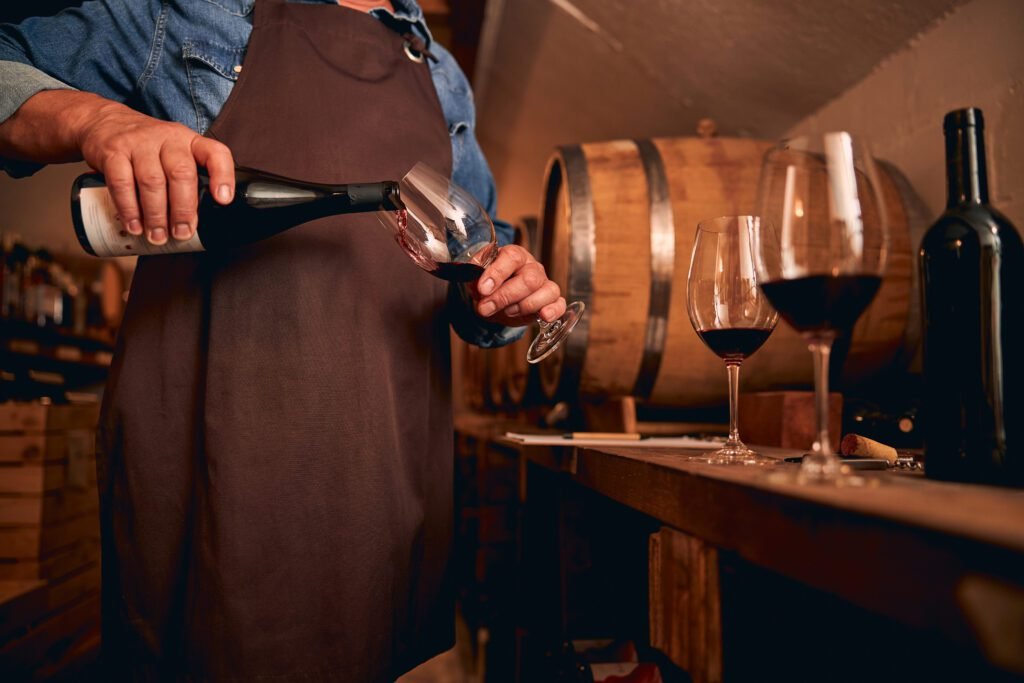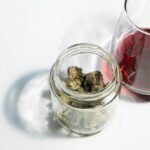From Backyard Vines to Boutique Bottles — The Ultimate Guide for Ambitious Wine Lovers
So…Why Make Wine at Home?
Maybe you’ve eyed your neighbor’s rambling grape vines and thought, “I could do that…”
Or maybe you’ve spent too many nights swirling $50 Napa Cabs, daydreaming about your own name on the label.
Here’s the thing: making wine at home is incredibly rewarding, surprisingly scientific, and — with the right approach — capable of producing genuinely excellent bottles. You’re not just fermenting juice; you’re crafting an experience, a story, and the sort of bragging rights that pair beautifully with cheese boards.
This guide will walk you through:
✅ Where to source grapes (or juice) — from your backyard to boutique online suppliers.
✅ A detailed, step-by-step process for both red and white wines.
✅ Tools, timelines, and pro tips to ensure your homemade vintage is delicious — not just “interesting.”
🍇 Where to Get Your Grapes (or Juice)
🍇 Grow Your Own
If you’ve got vines — congrats! That’s as local as it gets. Test your sugar (Brix) levels before harvest to ensure ripeness (aim for 22–25 Brix). Morning harvest is best, when grapes are cool and acidity balanced.
🛒 Local Farmers & Vineyards
Hit up farmers markets or call local vineyards. Many will sell small lots of grapes, especially during harvest. Look for wine grape varietals (not table grapes), which have higher sugar, thicker skins, and more flavor complexity.
🌐 Order Online — Top Trusted Suppliers
For many home winemakers, ordering grapes or must online is the simplest way to get quality fruit.
📦 Recommended Suppliers
| Supplier | What They Offer | Contact & Website |
|---|---|---|
| Wine Grapes Direct | Frozen must from premium CA, WA, OR vineyards. Ships nationwide. | winegrapesdirect.com • Contact |
| Grapes for Wine | Frozen must & juice pails. Cabernet, Merlot, Chardonnay, and more. | ✉ questions@grapesforwine.com • grapesforwine.com |
| Midwest Supplies | Grape must, juice kits, equipment. Great for small batches. | 📧 service@midwestsupplies.com • midwestsupplies.com |
| Midwest Vineyard Supply | Vineyard supplies (for growing your own). | 📞 (217) 864‑9896 • ✉ sales@midwestvineyardsupply.com • midwestvineyardsupply.com |
| Napa Valley Winegrape Market | Marketplace to buy grapes direct from Napa growers. | napagrowers.org |
🏗 Essential Tools & Setup
- Primary fermenter: food-grade bucket or bin (larger than your batch size).
- Carboys: glass or PET plastic, with airlocks, for aging.
- Hydrometer & test jar: to check sugar (Brix) and specific gravity.
- Press: basket press (rentable) for reds.
- Siphon & racking cane: for moving wine off sediment.
- Sanitizer: Star-San or potassium metabisulfite.
- Bottler & corker: plus new corks and bottles.
🍷 Step-by-Step: How to Make Wine at Home
🔬 1. Sanitize EVERYTHING
Clean gear makes happy yeast. Use a no-rinse sanitizer (Star-San, metabisulfite solution).
Swirl, soak, repeat.
🍇 2. Crush & Destem (or Use Purchased Must)
- If you have fresh grapes:
Remove stems (hand or small machine), then crush.
(Bare feet optional — channel your inner Lucille Ball). - If using pre-crushed must or juice:
Skip to testing.
🧪 3. Check Must & Adjust
| Target | Ideal Range |
|---|---|
| Brix (sugar) | 22–25 |
| pH | 3.3–3.5 reds; 3.2–3.4 whites |
| TA (acidity) | 0.6–0.8% |
- Too low sugar? Add dissolved cane sugar.
- Too high? Dilute slightly with acidulated water.
- Low acid? Add tartaric acid (not lemon juice!).
🍾 4. Pitch Yeast
- Hydrate yeast in warm water (~104°F) for 10 mins.
- Pour into must & stir gently.
Try EC-1118 for robust reds, D47 for aromatic whites, or RC212 for delicate Pinot.
🥂 5. Primary Fermentation
🟥 For Reds:
- Ferment on skins (in open bin or bucket, loosely covered).
- Punch down cap 2–3x daily to keep skins wet.
- Keep temp ~70–80°F.
- Takes ~5–14 days.
🟨 For Whites:
- Juice ferments without skins (avoids bitterness).
- Use closed carboy with airlock at ~55–65°F.
- Takes ~10–21 days.
Monitor with hydrometer. When near 0.995–1.000 SG, primary is done.
🚀 6. Press (Reds Only)
Transfer must to basket press.
Collect wine into sanitized carboy, leaving skins & seeds behind.
🔄 7. Secondary Fermentation & Racking
- Attach airlock & let wine rest.
- Rack (siphon) off lees every 30–60 days.
Malolactic Fermentation (MLF):
Often done with reds — converts sharper malic acid to softer lactic. Add bacteria culture if desired.
🛡 8. Stabilize & Clear
- Add potassium metabisulfite (¼ tsp per 5 gal) to protect from oxidation.
- Whites can cold stabilize at ~35°F for 2–4 weeks.
Fining agents like bentonite (for haze) or isinglass (for polishing) are optional.
🍾 9. Bottling
- Bottle when clear, stable, and absolutely finished fermenting.
- Use a bottling wand to fill bottles to ~1” below cork.
- Cork, stand upright 24 hrs, then store on side.
⏳ 10. Aging & Enjoying
| Wine | Recommended Aging |
|---|---|
| Sauvignon Blanc, Riesling | 3–6 months |
| Chardonnay (oaked) | 6–12 months |
| Cabernet, Merlot, Zin | 12–36 months |
Swirl, sip, smile. You made this.
🍷 The Seven Classic Home Wine Styles
| Wine | Highlights |
|---|---|
| Cabernet Sauvignon | Bold, tannic, great for oak aging. |
| Merlot | Softer, plum & chocolate notes. |
| Zinfandel | Jammy, spicy, higher alcohol. |
| Pinot Noir | Delicate, red cherry & earth. |
| Chardonnay | Crisp in steel, buttery with oak. |
| Sauvignon Blanc | Fresh, citrusy, grassy. |
| Riesling | Floral, can be dry or sweet. |
📝 Final Thoughts: The Joy of DIY Wine
Let’s be honest — your first batch might not taste like Screaming Eagle. It might be more like “Screeching Sparrow.” But that’s okay!
With a bit of practice, you’ll be dialing in the sugar, the acid, the aging, and your own signature style. Plus, nothing’s cooler than pulling out a bottle at dinner and casually saying,
“Oh this? It’s just something I made.”







Leave a Reply